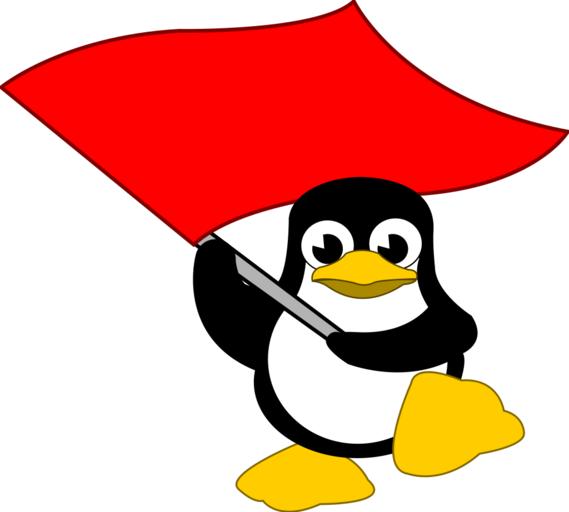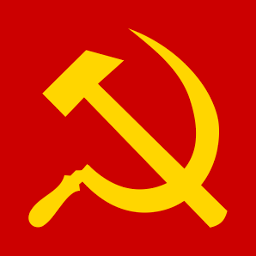The political system is a multi-party workers’ democracy. MLs: But, isn’t that an oxymoron? Not exactly. The system gains some inspiration from pre-Stalin Soviet democracy. The workers join commune councils, and then choose a party. The parties exist to let the voters know which type of socialism the candidates stand for so the voters can make easier decisions. The people of the commune then choose one of the CC’s members to go to the Regional Council (or RC) where laws are made that cover the entire region. The leader of the party that’s currently in charge becomes the Regional Leader. (Remember, only workers can become leaders, so this is not a bourgeois “democracy”) The leaders of every region form the Provincial Council of Leaders. (PCoL) Regional councillors can also run to be in the Provincial People’s Council. (PPC), with the number of spots being the population of the region / 100,000. So, a region with 500,000 people gets 5 spots in the PPC. The people of the region then vote (using STV) on who goes to the PPC. The leader of the main party in the PPC is the Provincial Leader, who moves on to the Global Council of Leaders (GCoL). The GCoL members then can run to be in any of the Global Leadership Positions. The PPC members can also run to be in the Global People’s Council, with one GPC representative representing 1,000,000 people.


I feel like there are too many councillors in this system. What do you think?